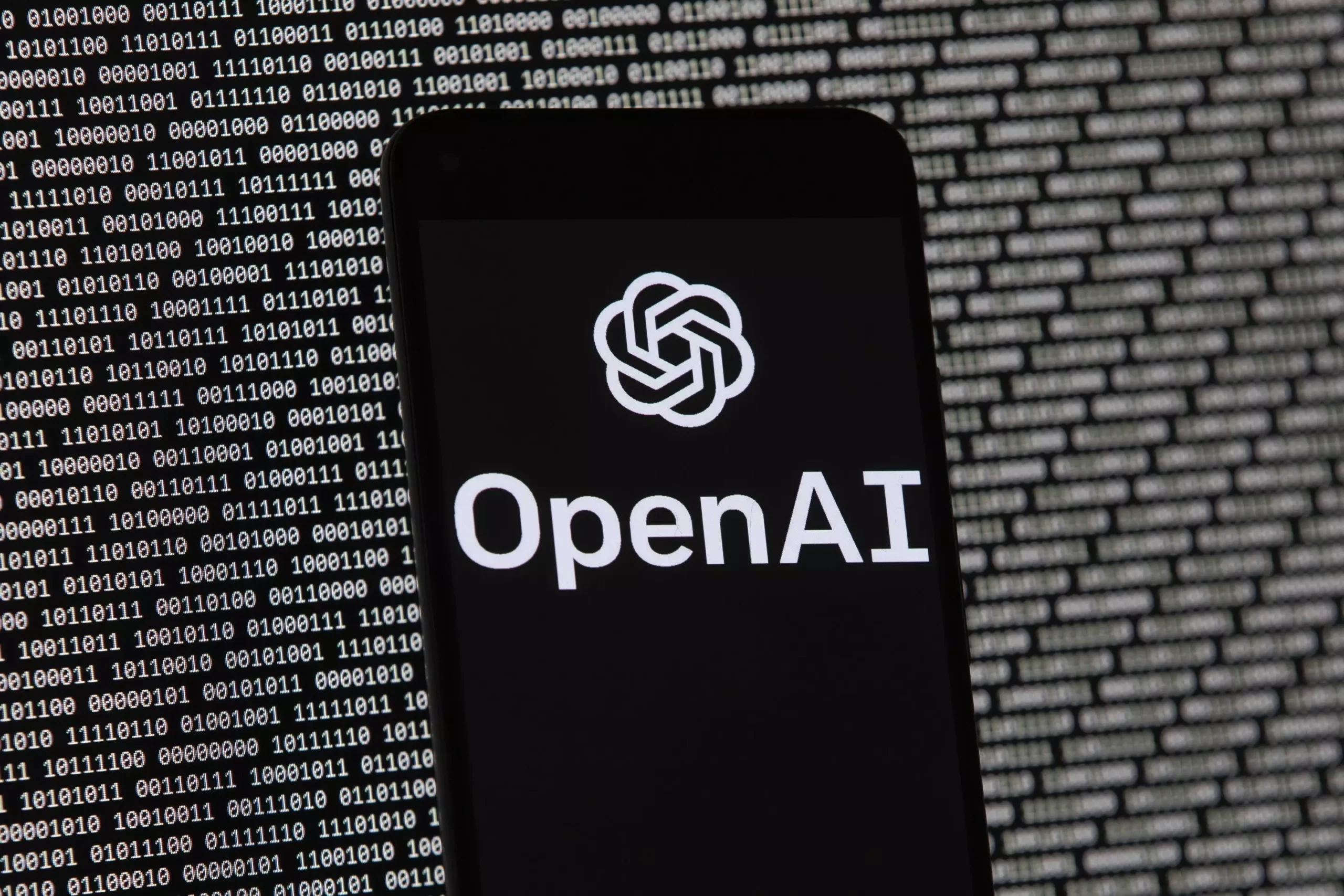In 2016, the artificial intelligence landscape underwent a pivotal shift with the establishment of OpenAI, a research organization that pledged to advance digital intelligence for the betterment of humanity. Incorporated in Delaware and operating out of Mountain View, California, OpenAI sought recognition as a tax-exempt charitable organization from the Internal Revenue Service (IRS). Its application, publicly disclosed by the Associated Press, outlined ambitious aims, stating that it would develop AI technologies without the constraints of financial profit in mind. This foundational ethos set the stage for what would become an extraordinary journey—one that would see OpenAI transform from a modest nonprofit to a commercial powerhouse valued at a staggering $157 billion by investors just a few years later.
A noteworthy aspect of OpenAI’s inception was a $10 million loan from one of its co-founders, Sam Altman, who now serves as its CEO. This financial backing underscores the serious ambition behind the organization; however, critics argue whether this initial approach aligns with the inherent purpose of a nonprofit. The application implied a dedication to public service and accessibility, emphasizing the sharing of its research with no financial strings attached. Yet, as OpenAI continues to evolve, questions arise regarding the implications of this shift and how it aligns with its core mission.
OpenAI’s early claims of refraining from commercial products have not held up against the rapid advancements and surging demand for AI solutions. Initially, the organization asserted a commitment to avoiding joint ventures with for-profit companies and aimed to develop AI agents capable of completing relatively simpler tasks—such as playing games and understanding natural language. However, the advent of transformative products like ChatGPT and powerful image generators has exemplified how quickly the landscape can change. The organization’s present role in the commercial sector starkly contrasts with its founding revelations.
This evolution prompts important discussions among nonprofit experts. The dissonance between OpenAI’s original claims and its present activities raises pressing questions: At what point does a nonprofit’s ambitions cross the line into commercialism? While experts assert that OpenAI has structured itself to comply with nonprofit regulations, the organization’s expanding objectives may challenge conventional boundaries regarding nonprofit and for-profit interactions. The fluidity of these definitions significantly complicates discussions about the primary purpose of nonprofits in the context of substantial advancements in technology.
An intriguing dilemma surrounding OpenAI lies in its approach to intellectual property (IP). In its application, the organization indicated that it intended to retain ownership of any IP it developed. This intention implies a strategy that could benefit private shareholders or directors, creating potential conflicts about the original non-profit ideal of mutual benefit for humanity. No longer limited to merely disseminating findings, OpenAI has embraced commercial avenues that raise questions about who truly stands to benefit from its research.
As the intersection of nonprofit intentions and for-profit operations becomes blurred, the possibility of changing structures looms on the horizon. Sam Altman’s confirmation in September that OpenAI may consider restructuring its corporate design adds fuel to the discourse surrounding what the future may hold. Will an evolution of the corporate structure ultimately align with the original mission, or will it further accentuate the divide between altruistic objectives and commercial ambition?
While OpenAI maintains that commercial partnerships bolster its mission of utilizing AI for problem-solving, the organization grapples with ensuring that these relationships remain aligned with its charitable mission. A spokesperson has emphasized that the goal of sharing research and offering products—even if they generate revenue—serves a greater purpose. However, the continued evolution and expansion of AI capabilities provoke scrutiny on how these products align with the humanitarian principles that birthed OpenAI.
With increasing speculation about the organization’s potential to transition entirely into a profit-driven model, stakeholders, scholars, and advocates alike must pay careful attention. Striking a balance between commercial viability and nonprofit integrity may represent one of the most significant challenges to face OpenAI in navigating its transformative journey.
OpenAI’s trajectory exemplifies ongoing tension between the ideals of nonprofit altruism and the realities of a rapidly evolving technological landscape that increasingly favors commercial ventures. The organization’s journey reflects broader challenges faced by similar entities navigating these shifting waters, and the questions surrounding its future will continue to resonate. As OpenAI continues to carve out its place in the world of artificial intelligence, the extent to which it can honor its original mission while embracing commercial opportunities will be pivotal in defining its legacy. The intersection of responsible innovation and financial ambition remains a critical dialogue as society collectively steps into the increasingly complex realm of AI.


Leave a Reply